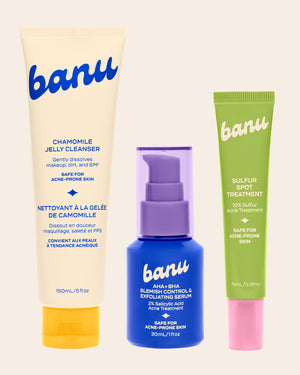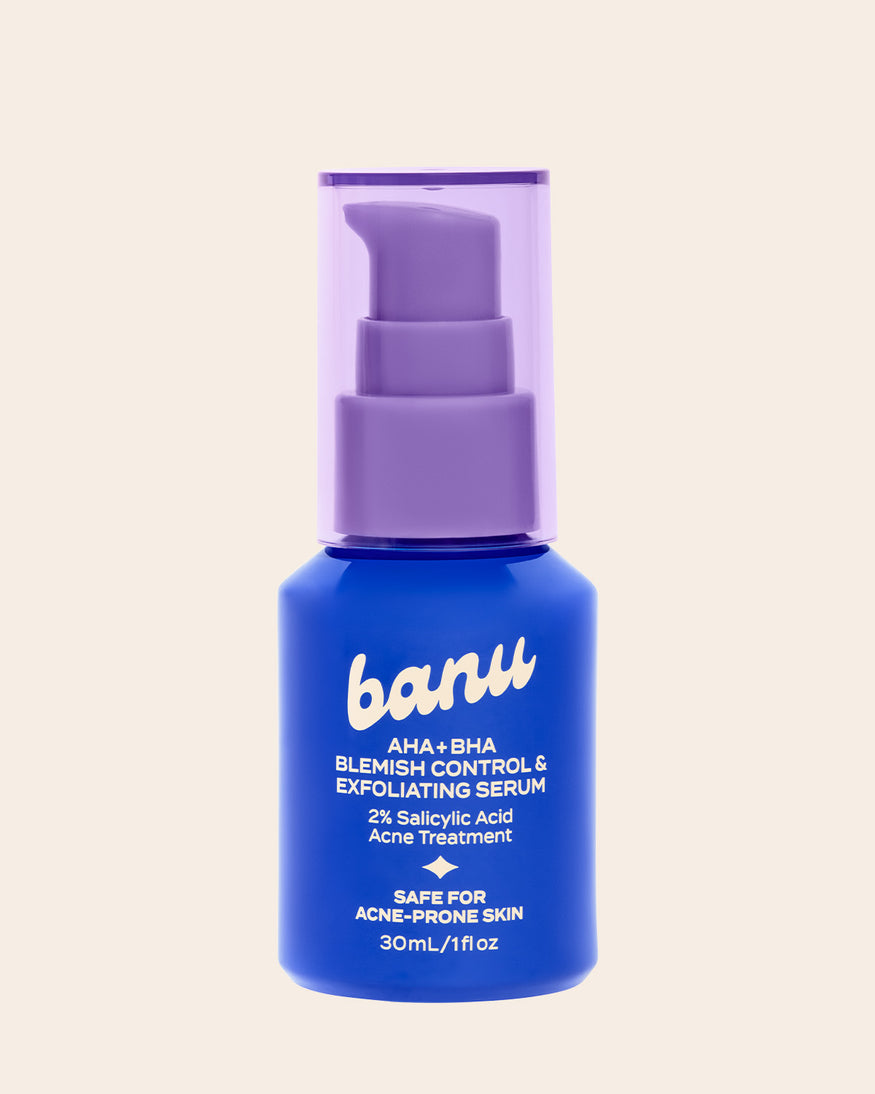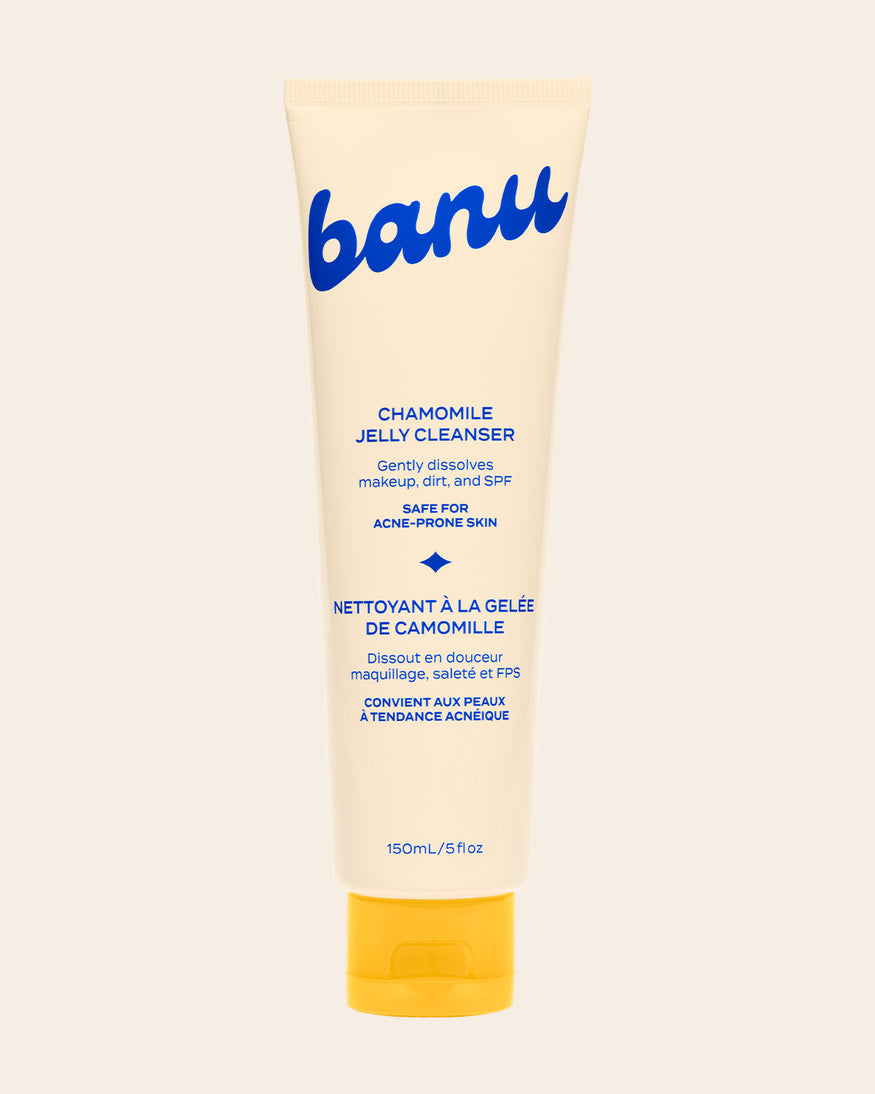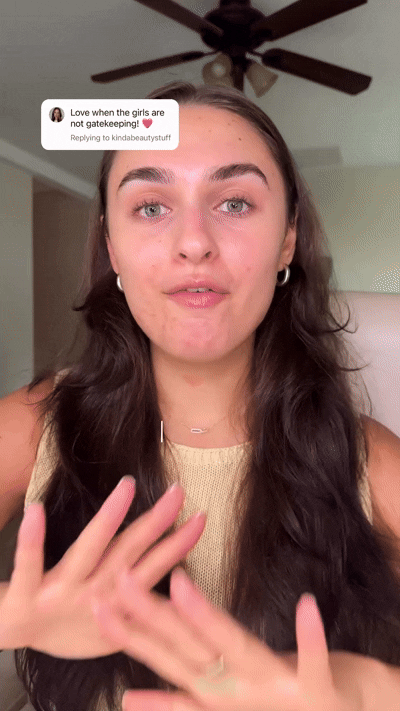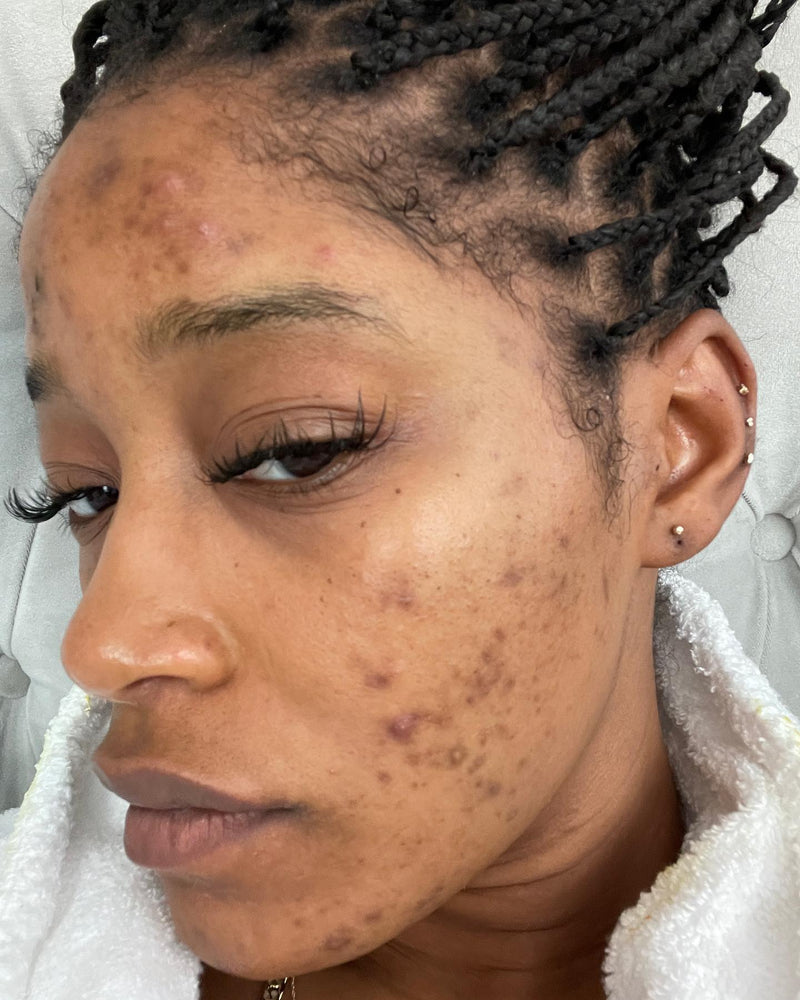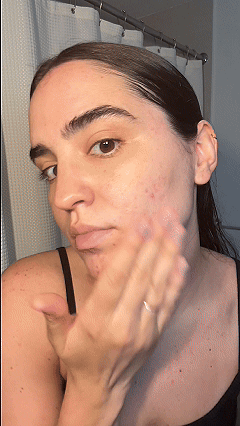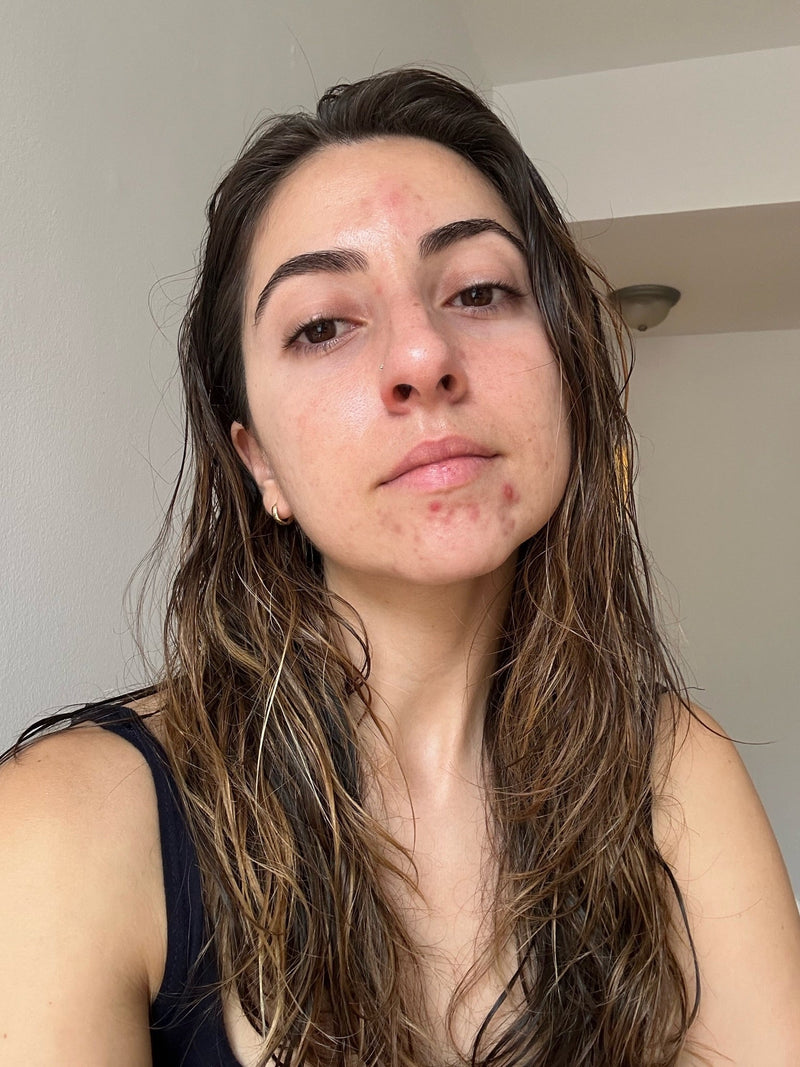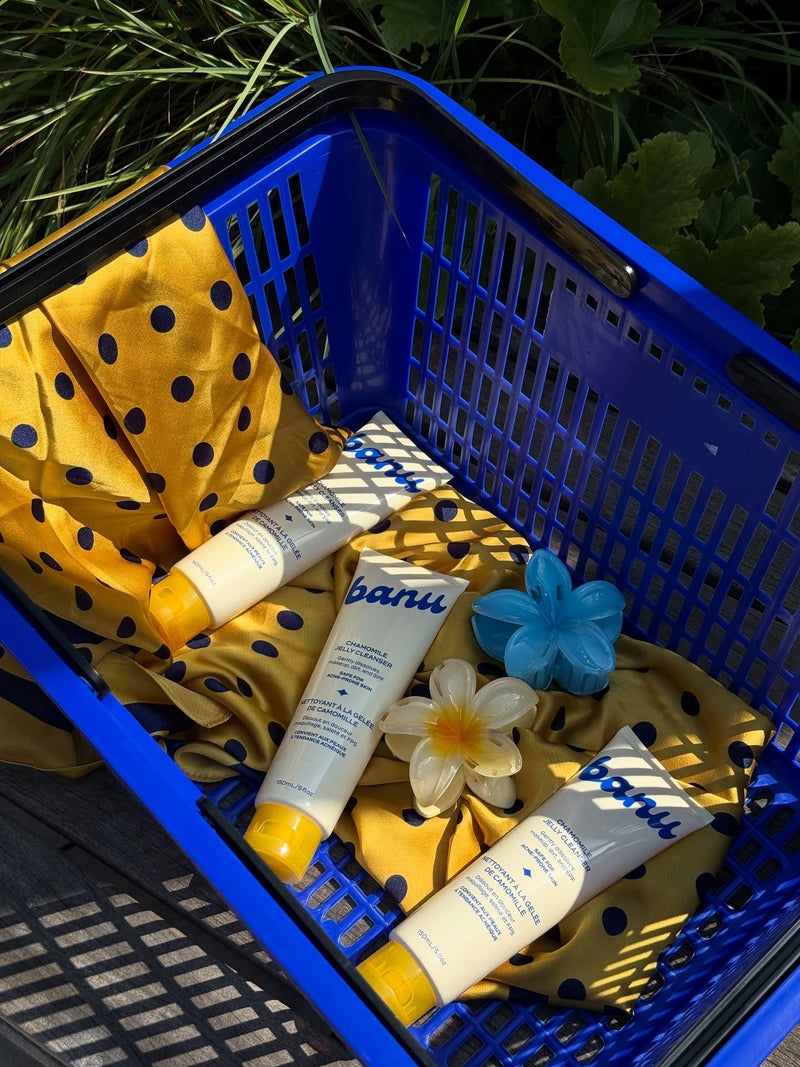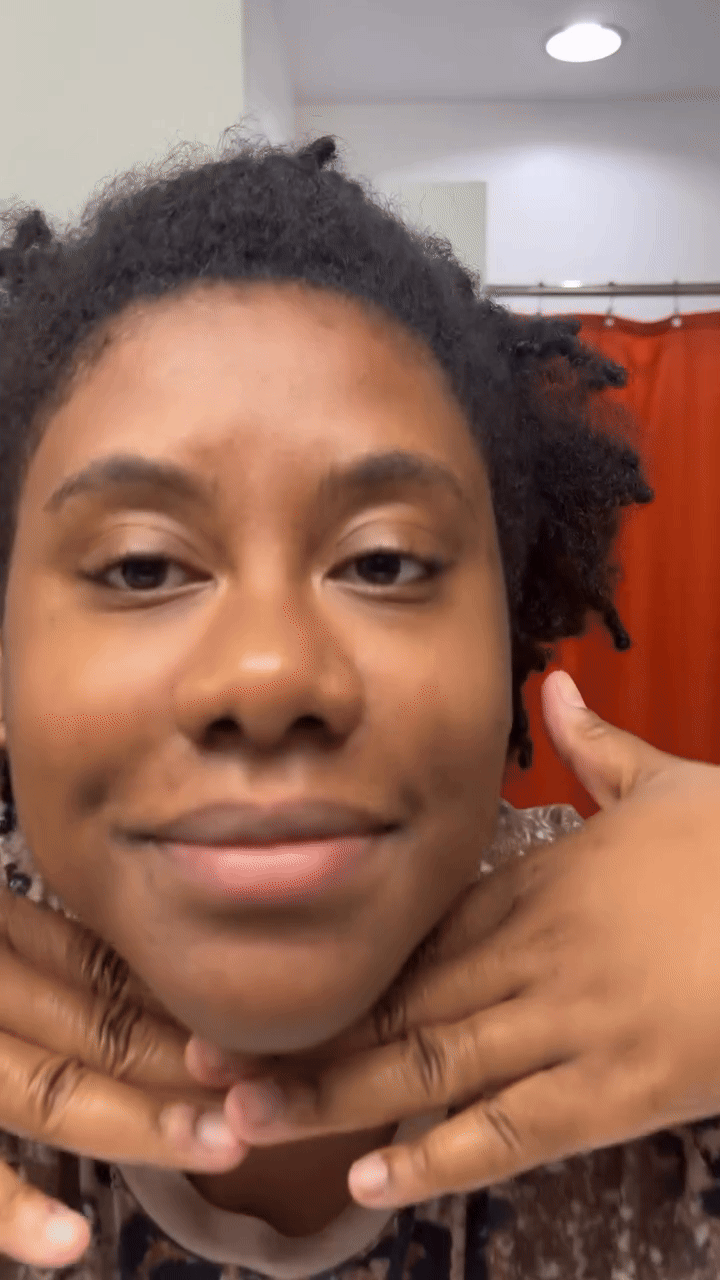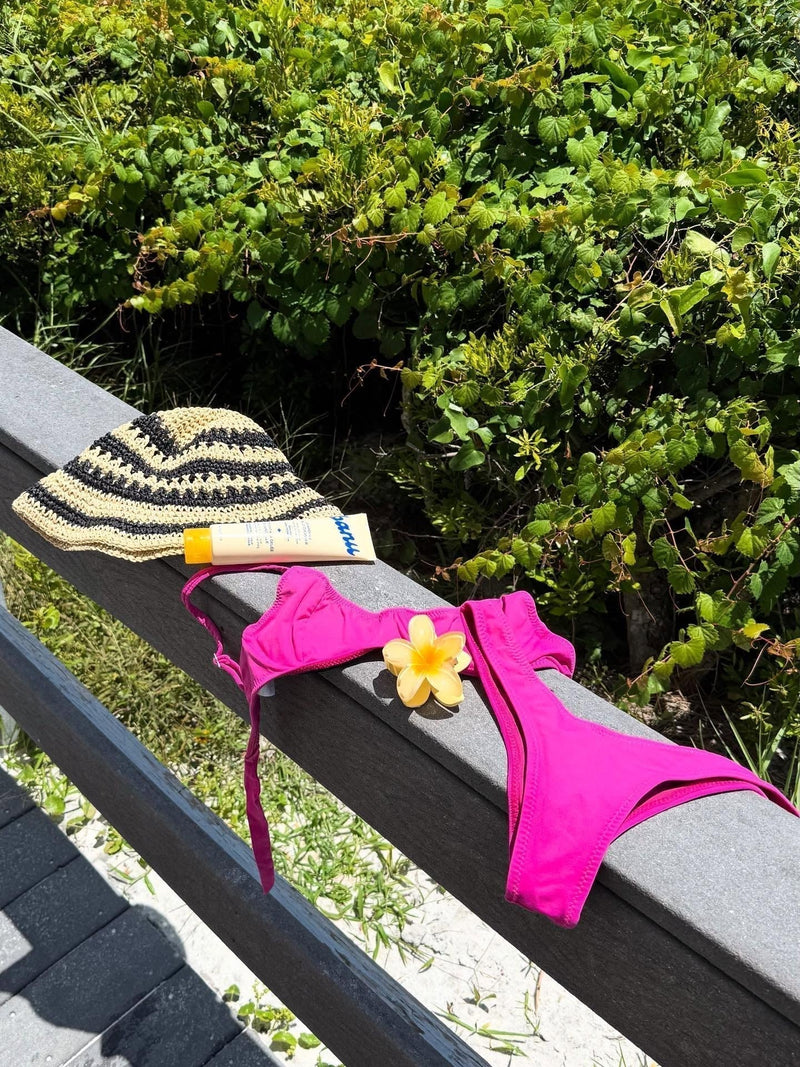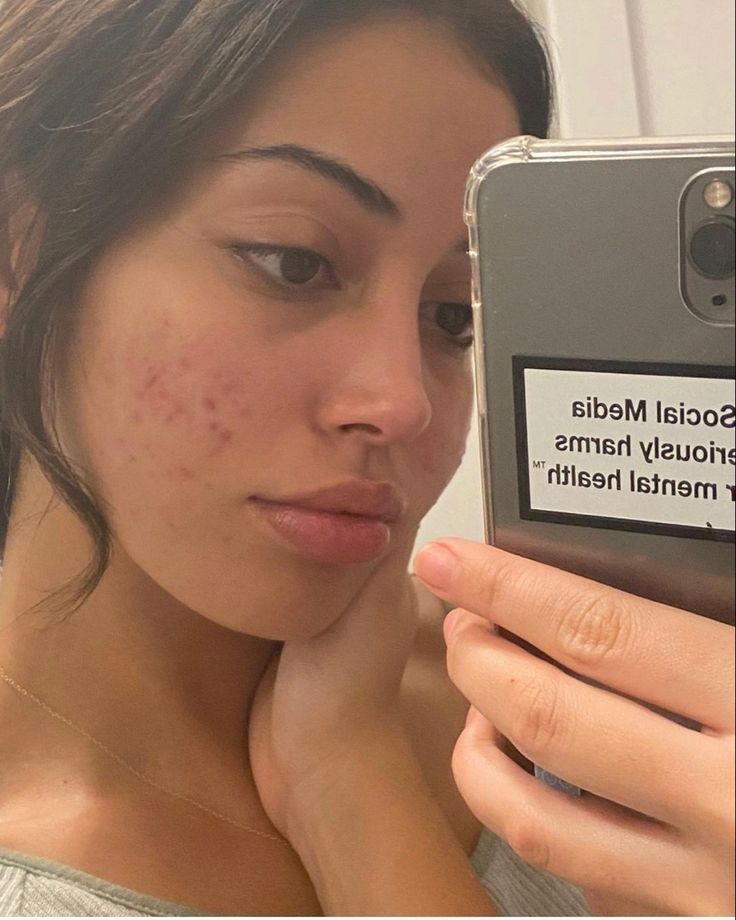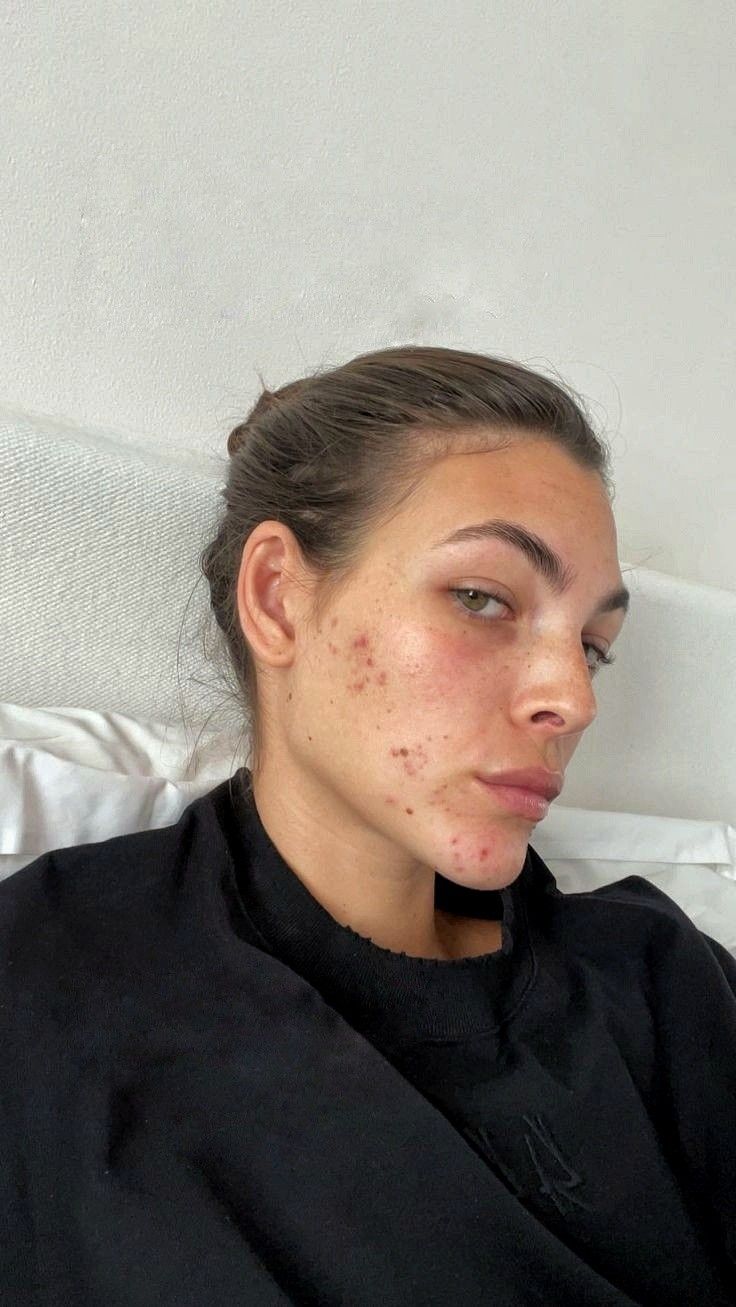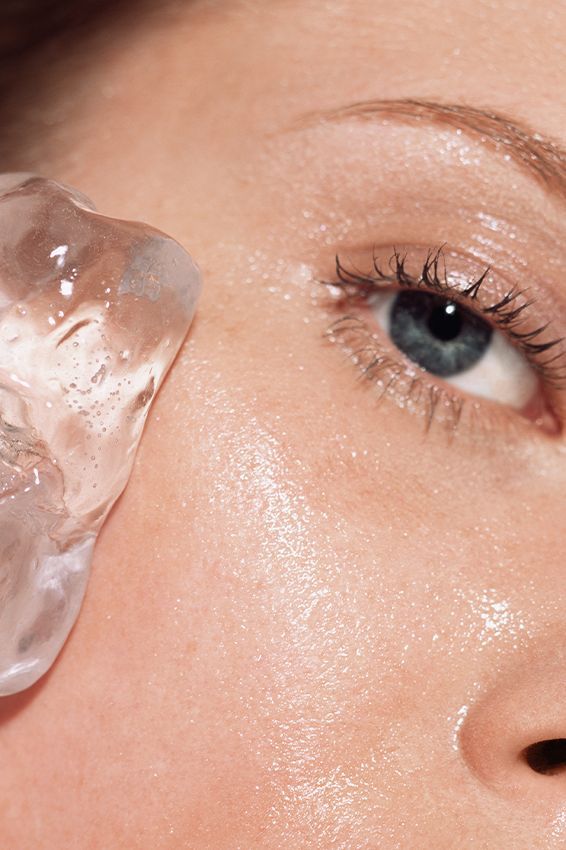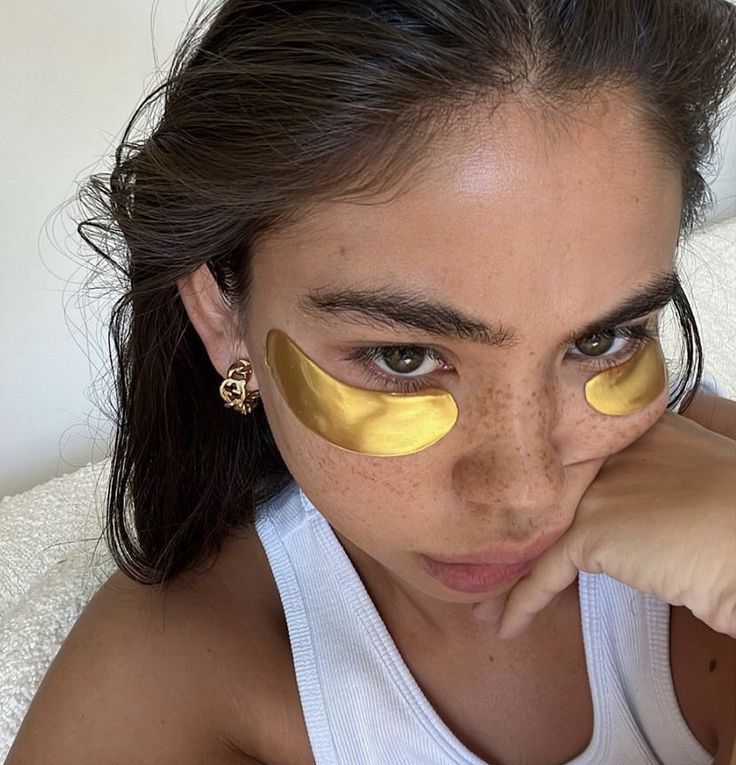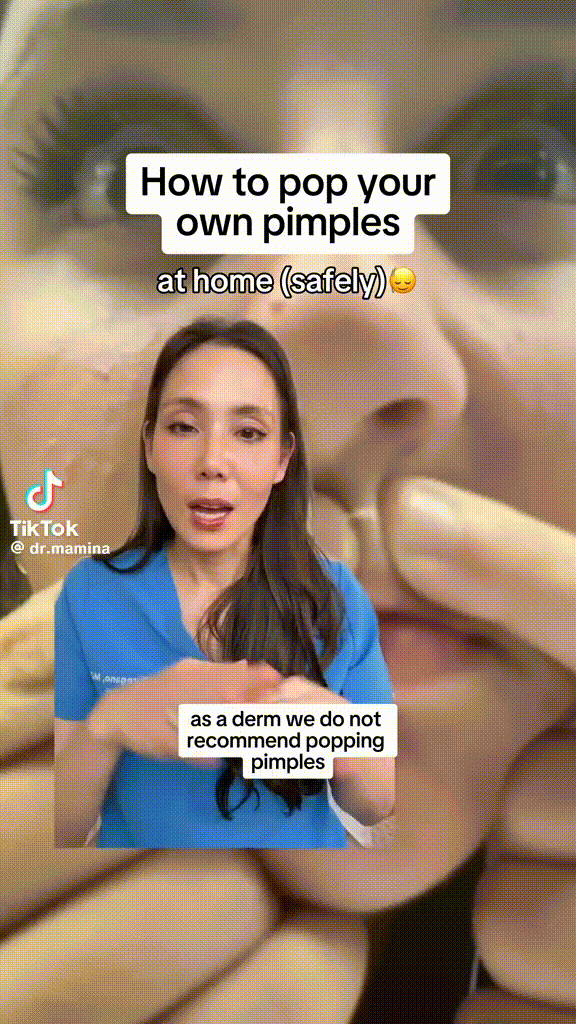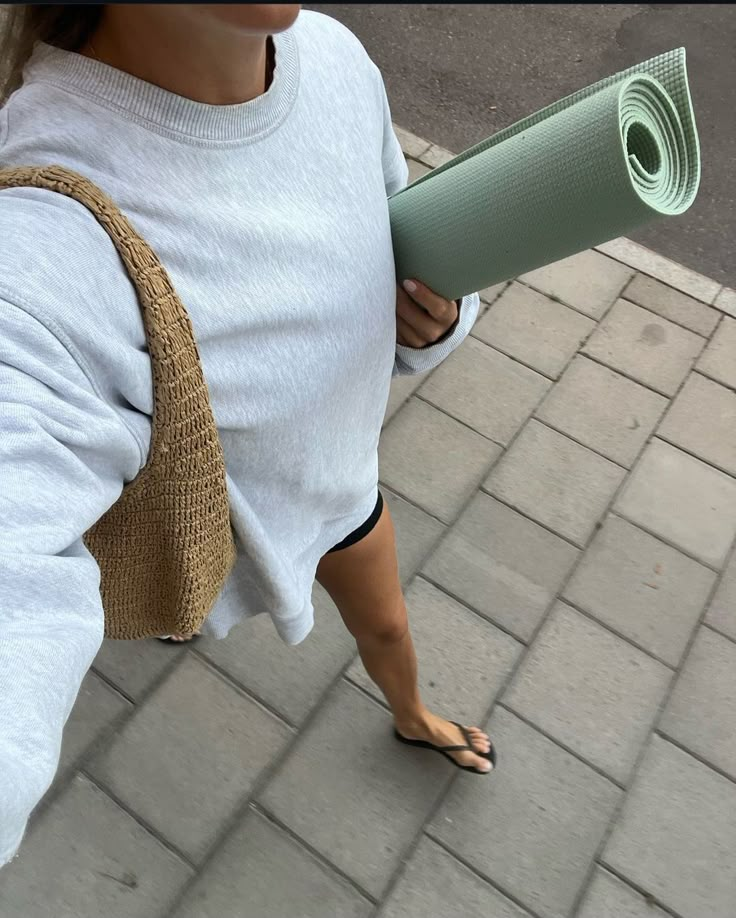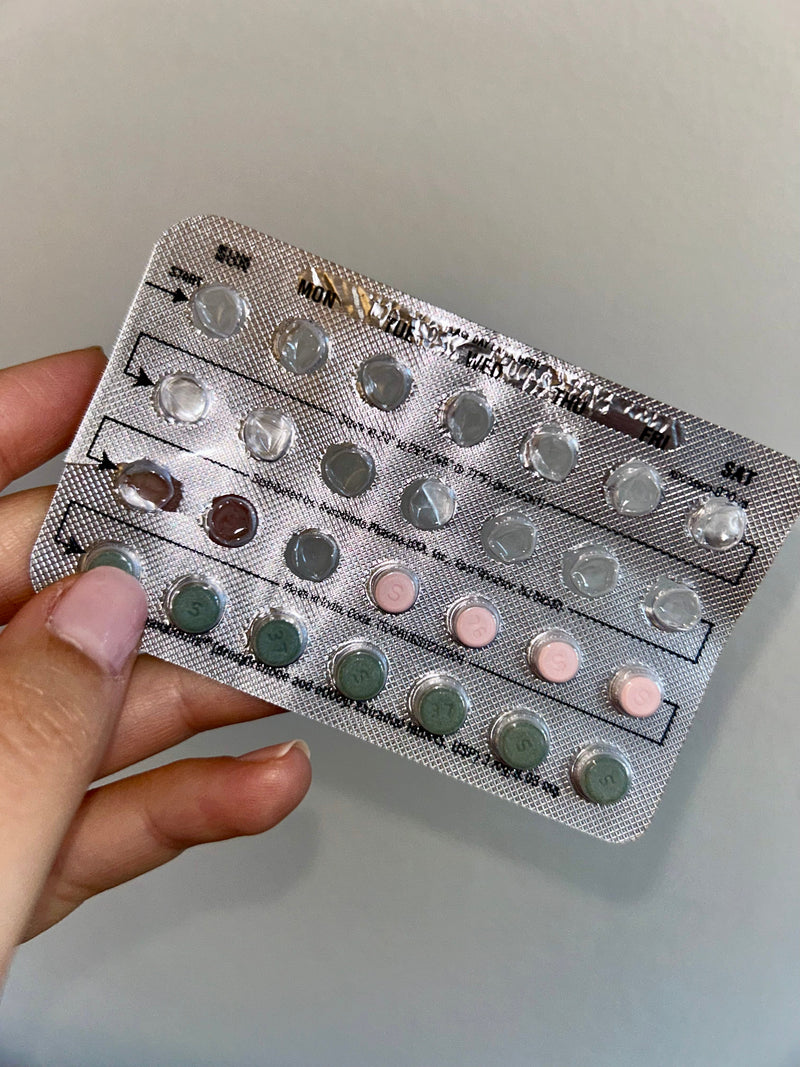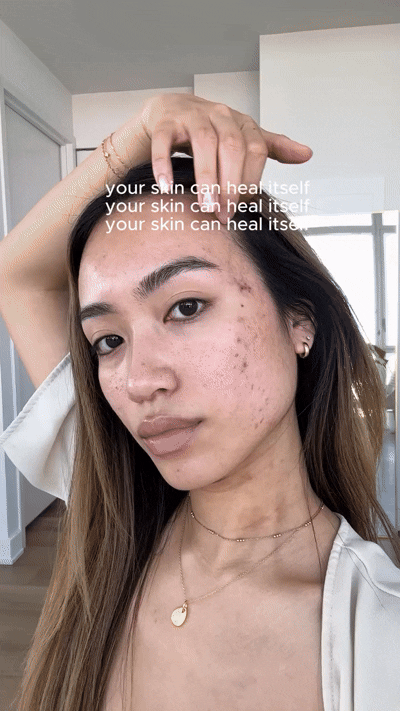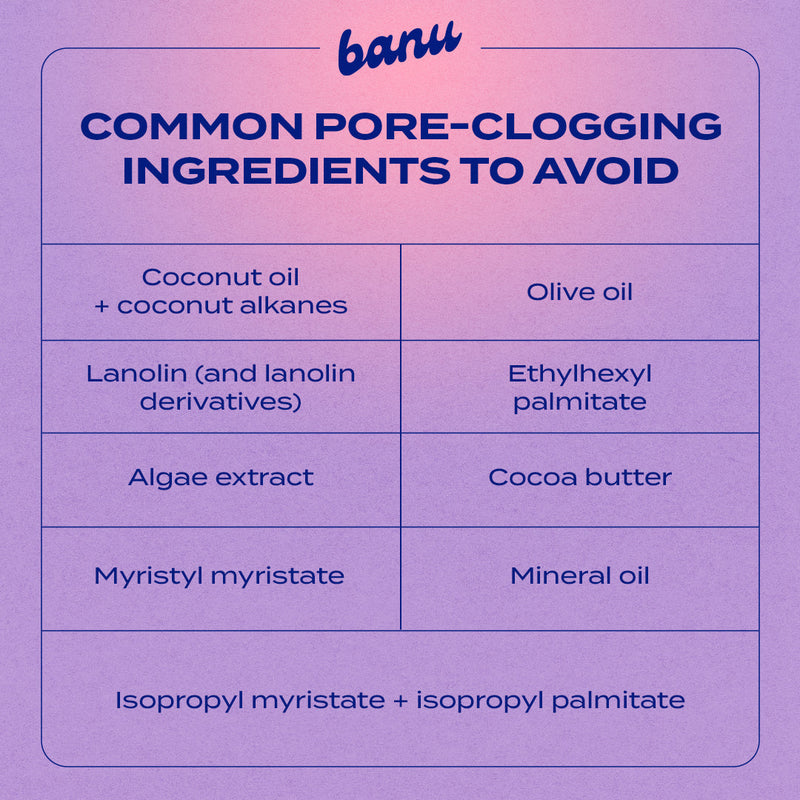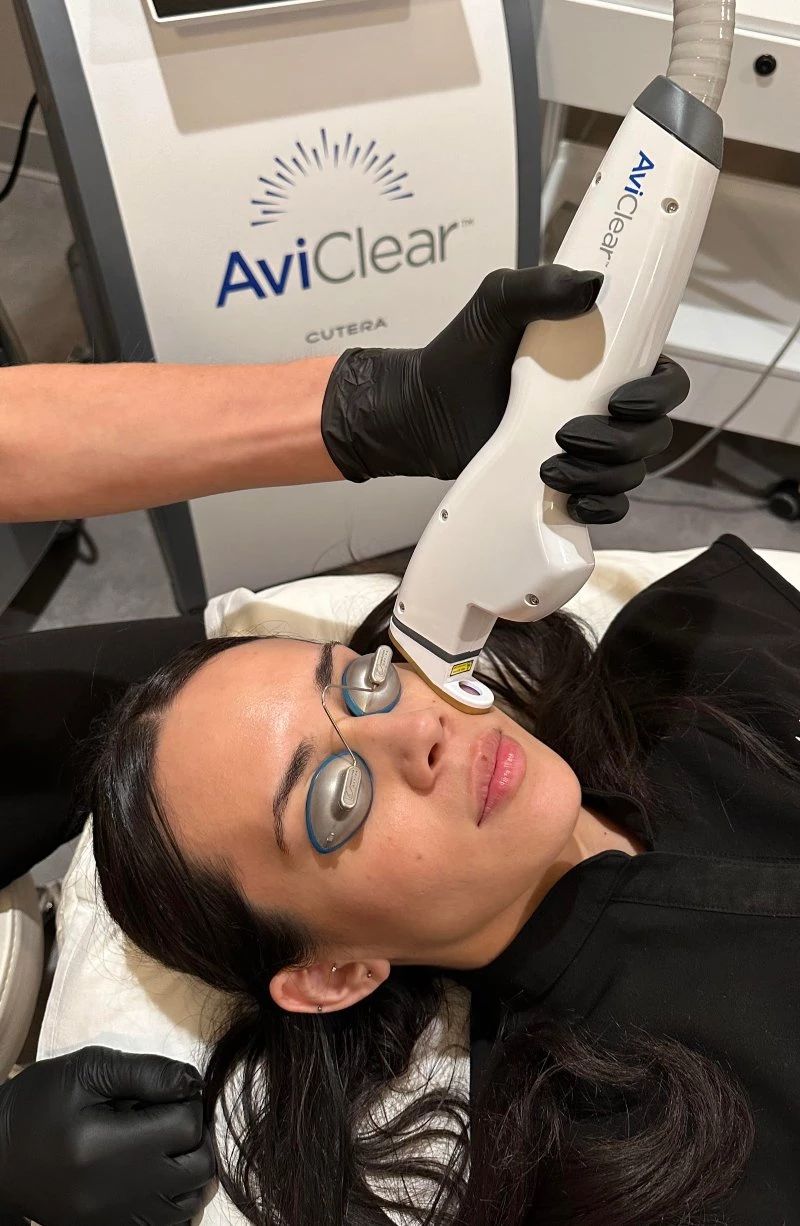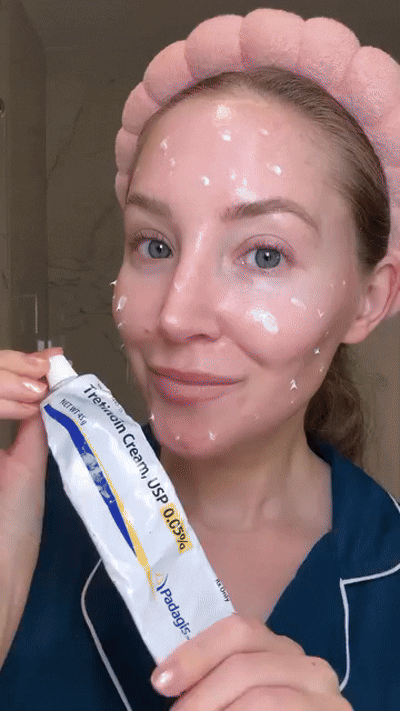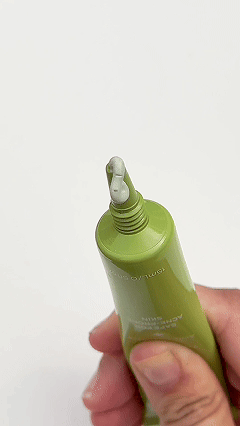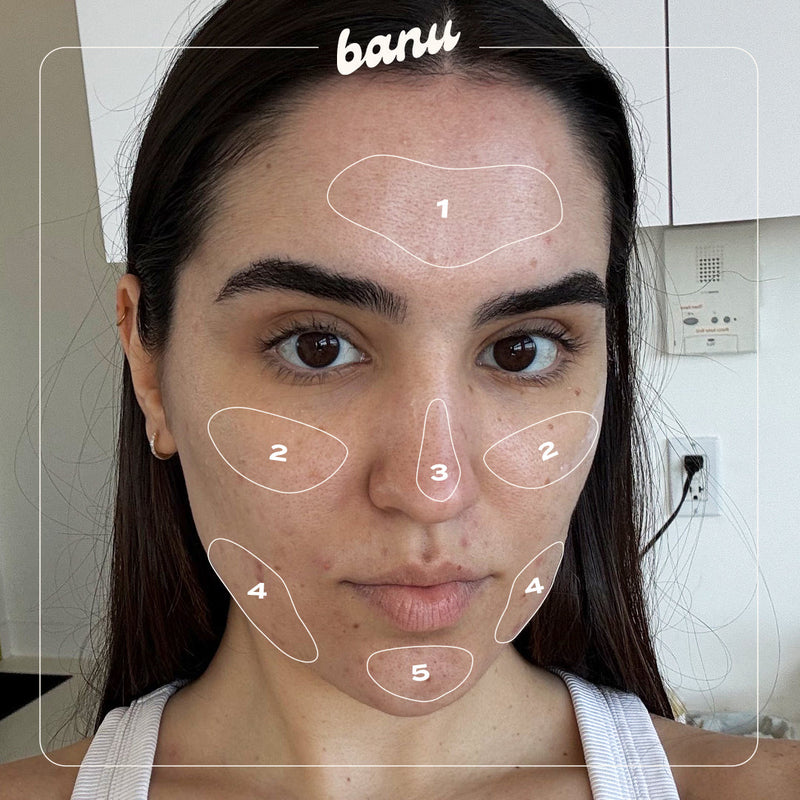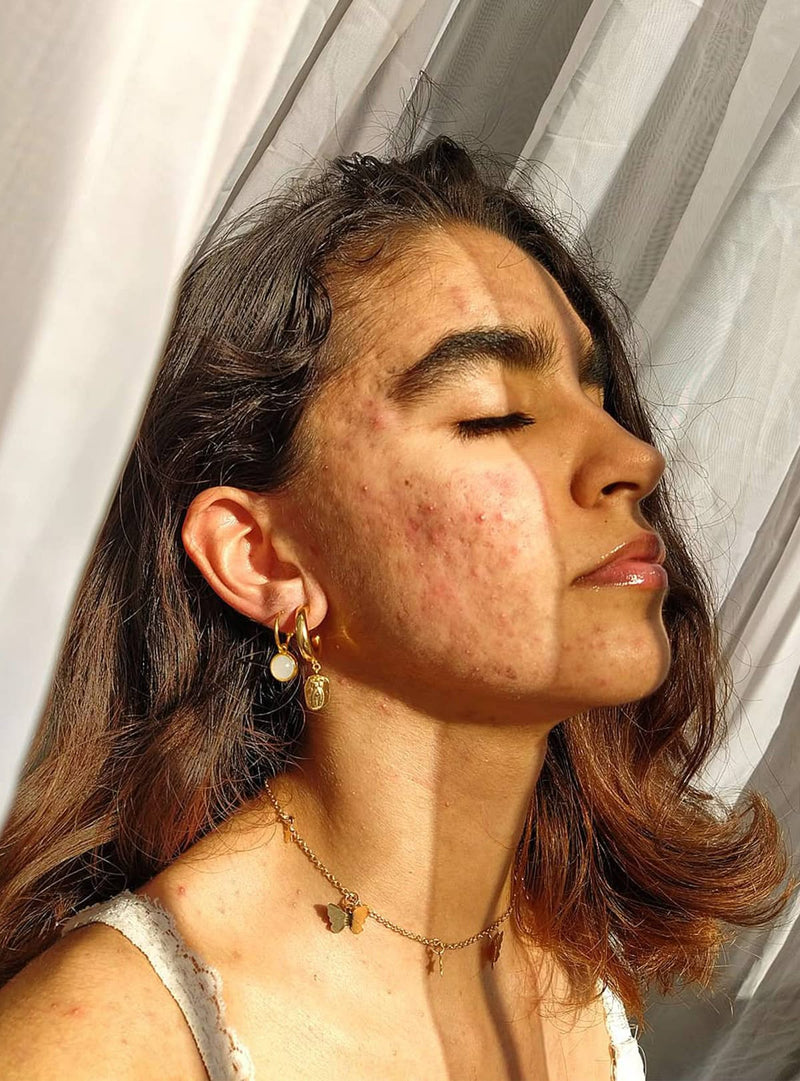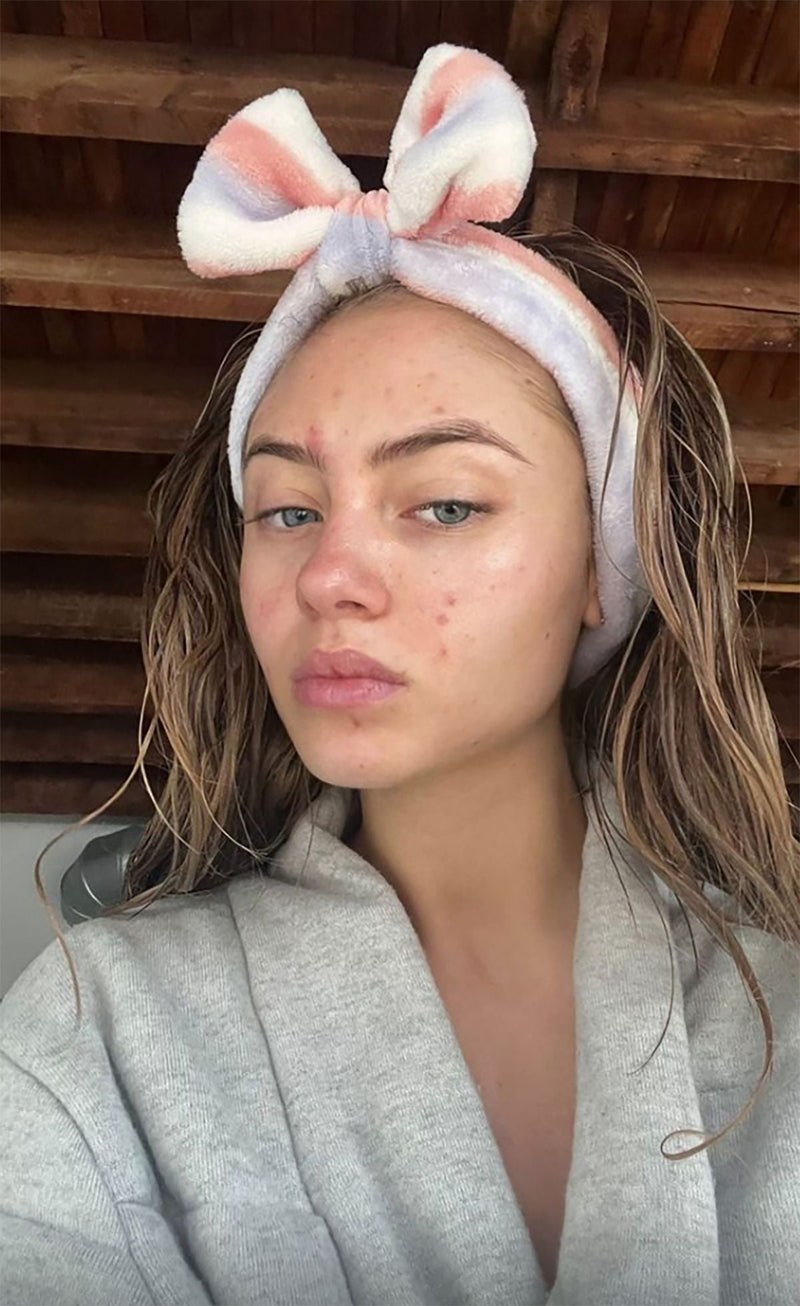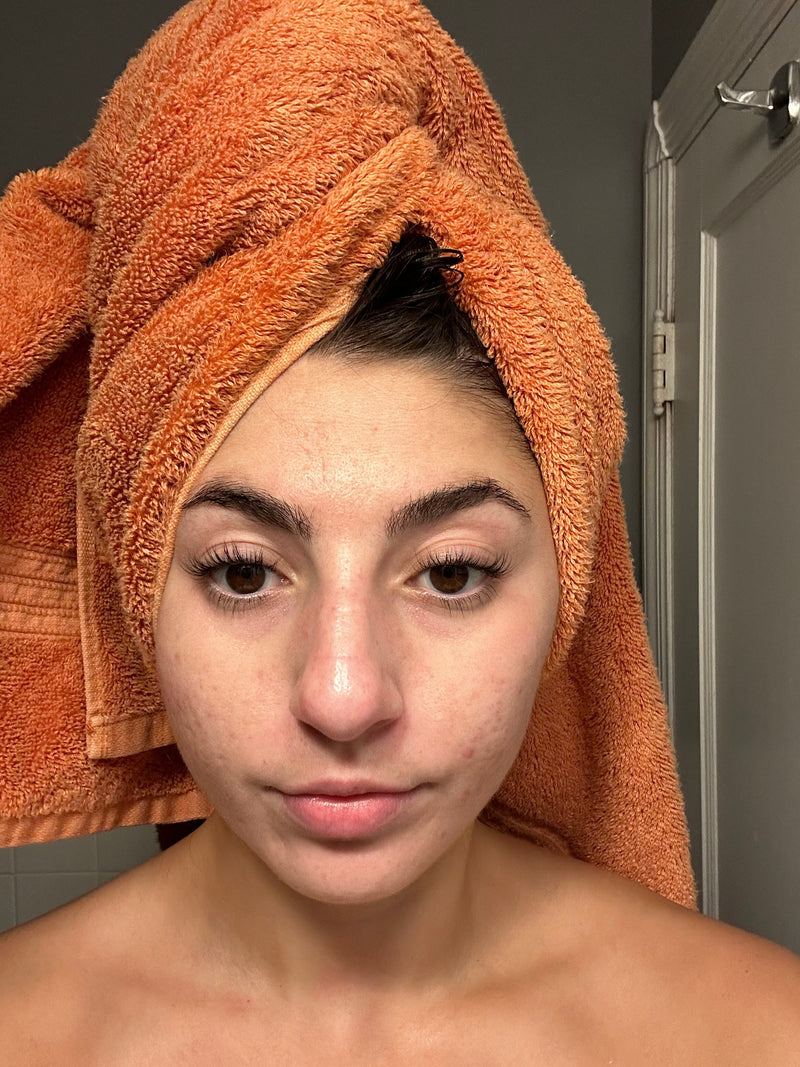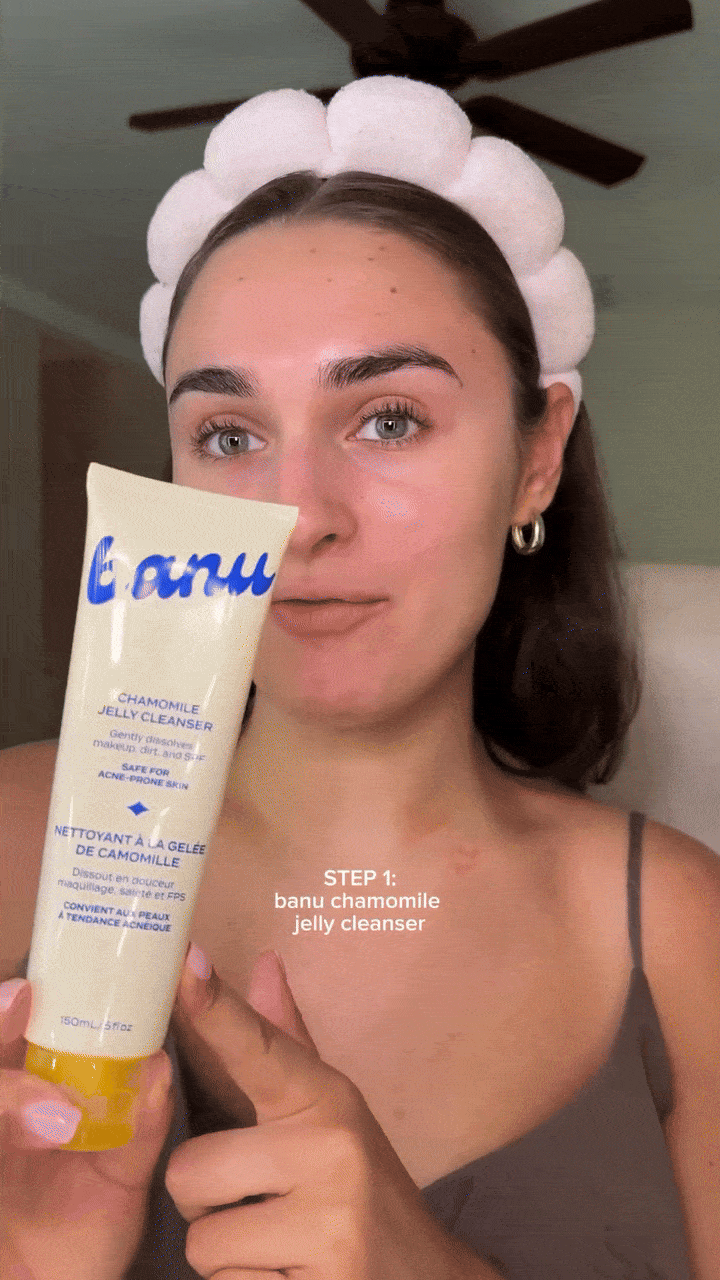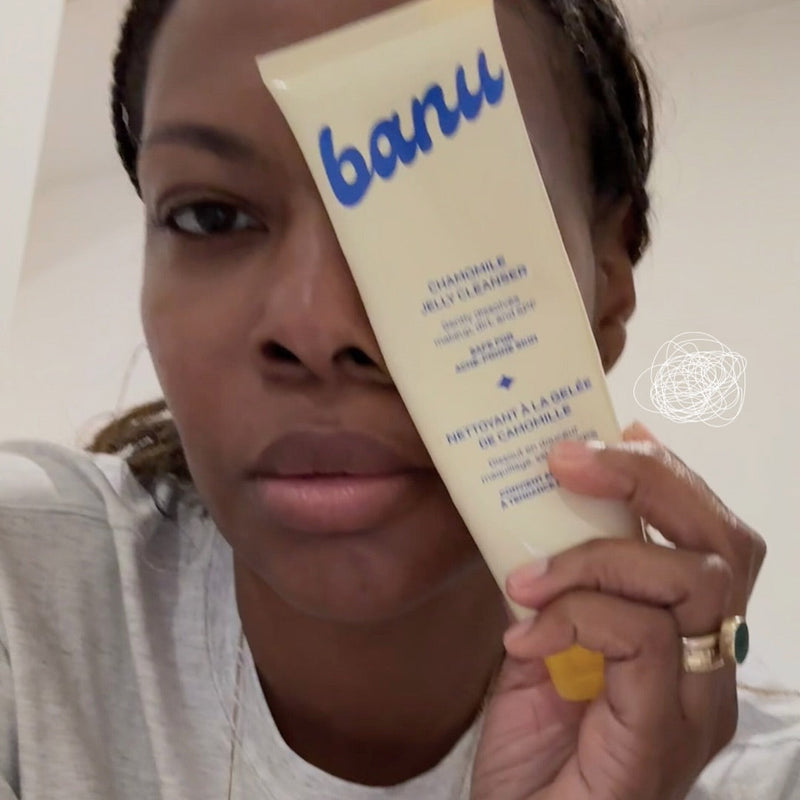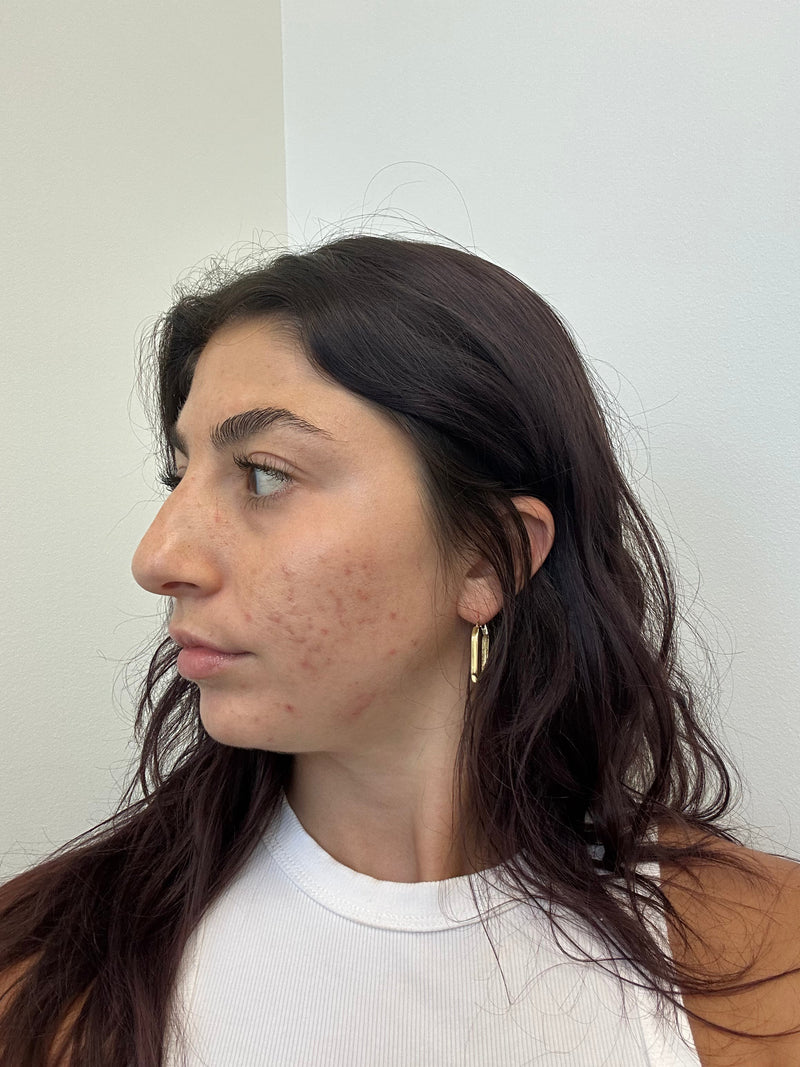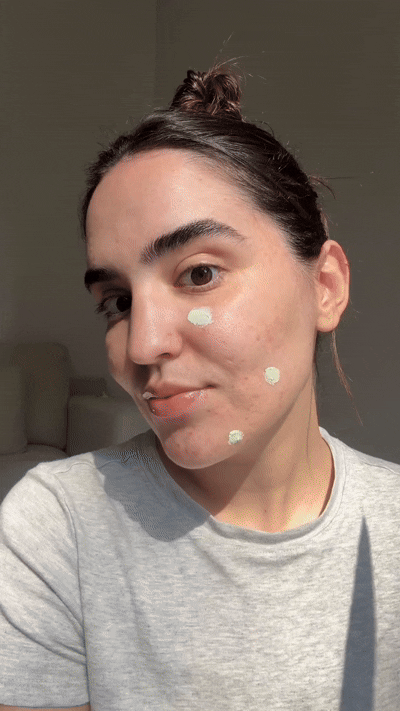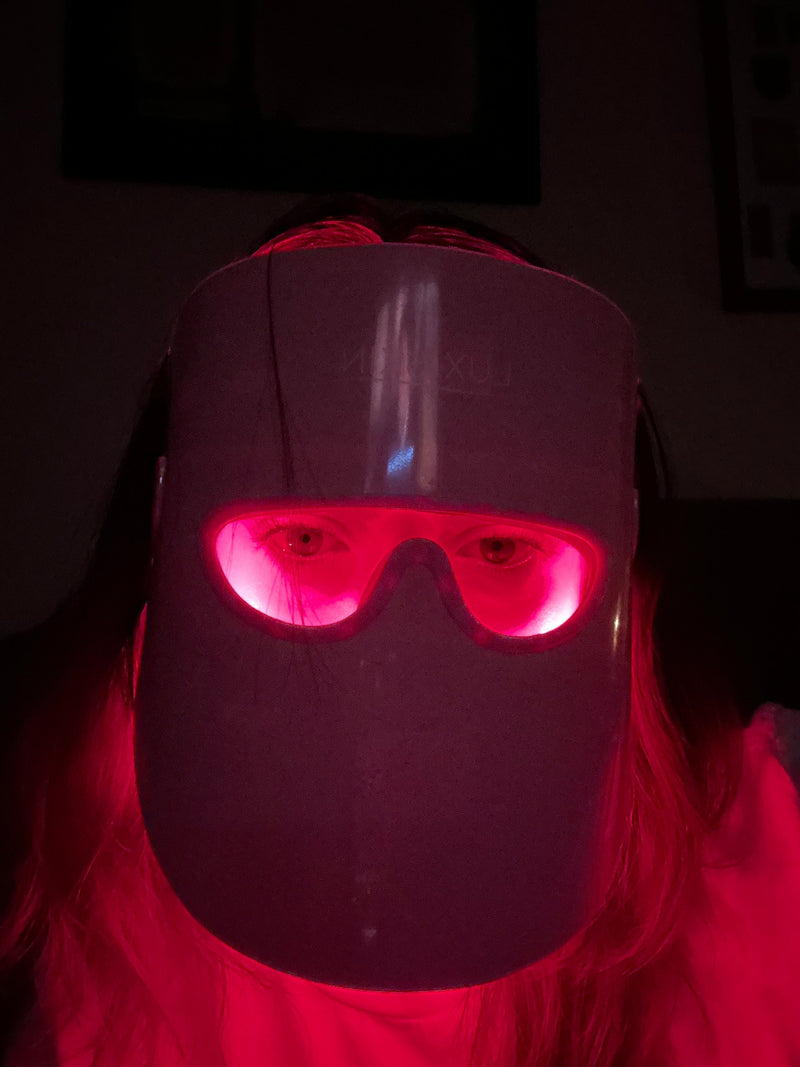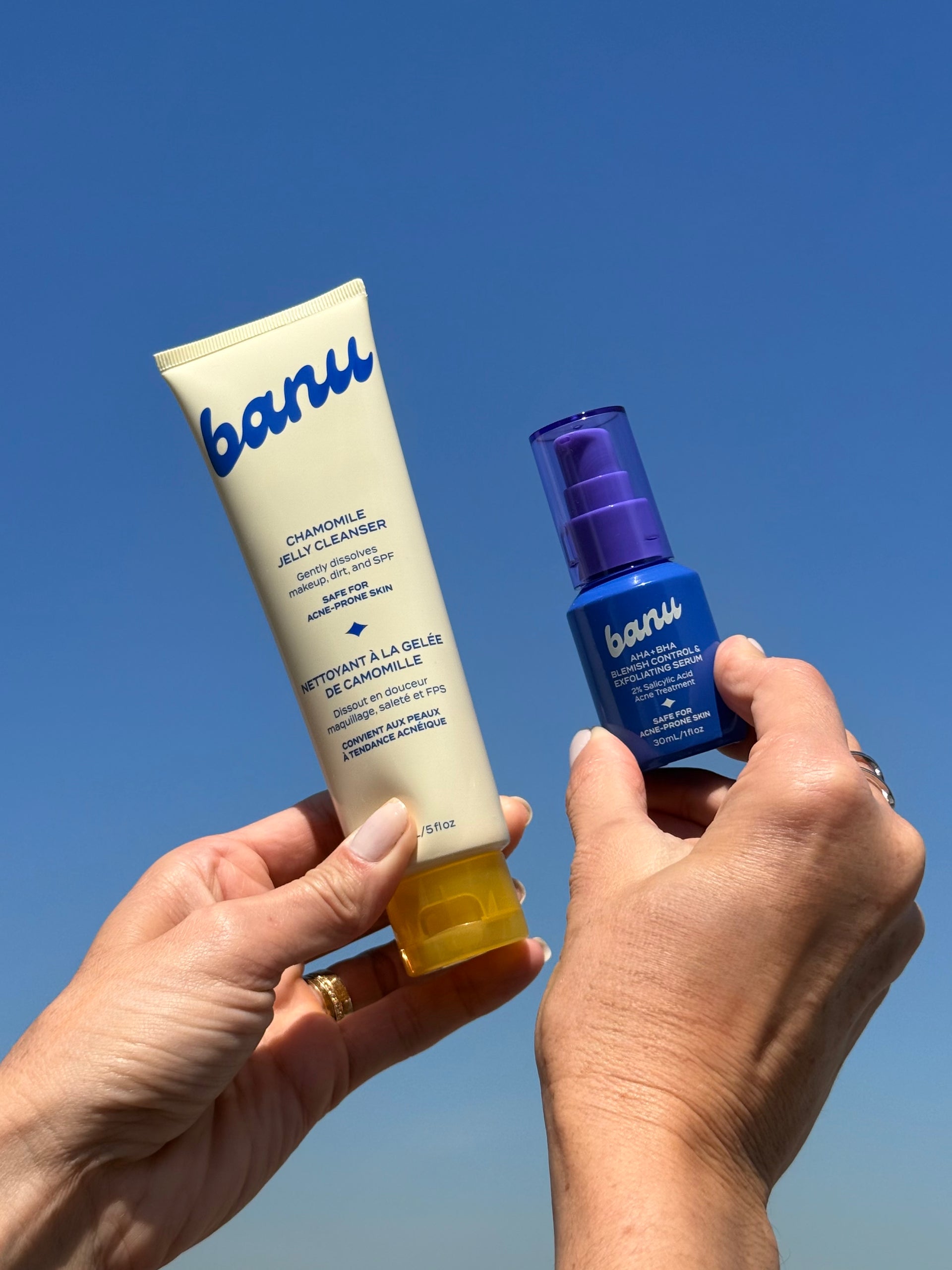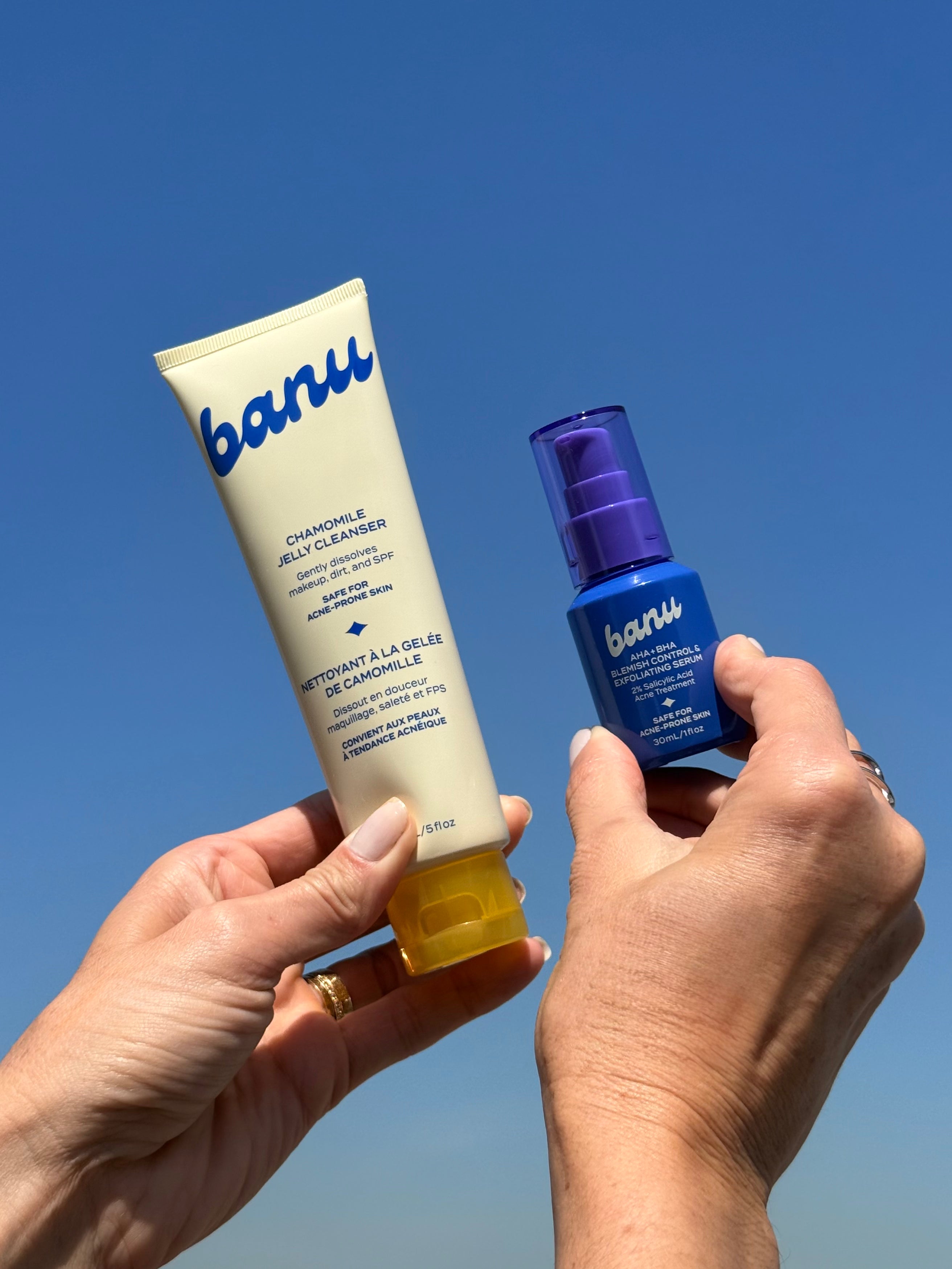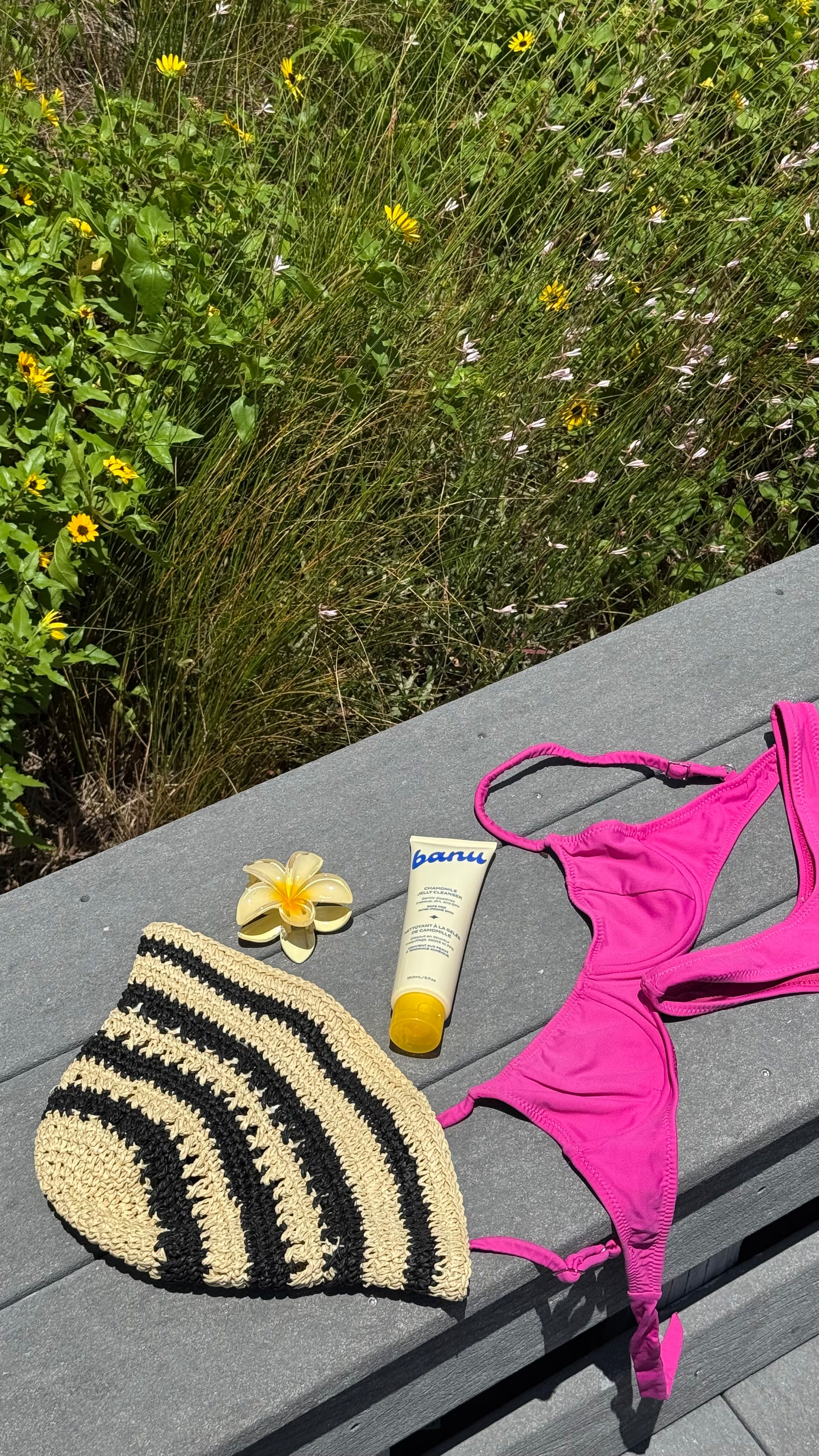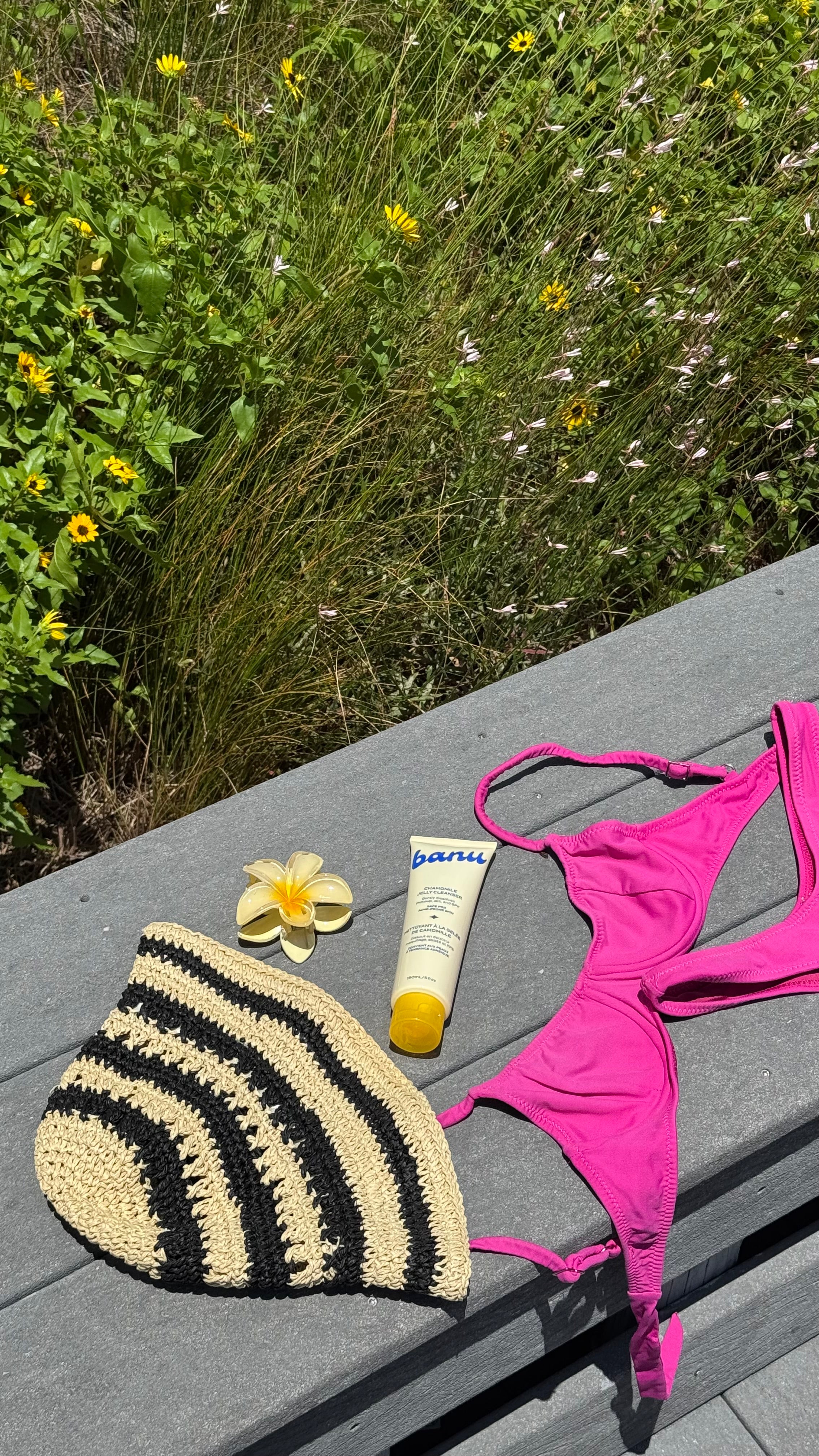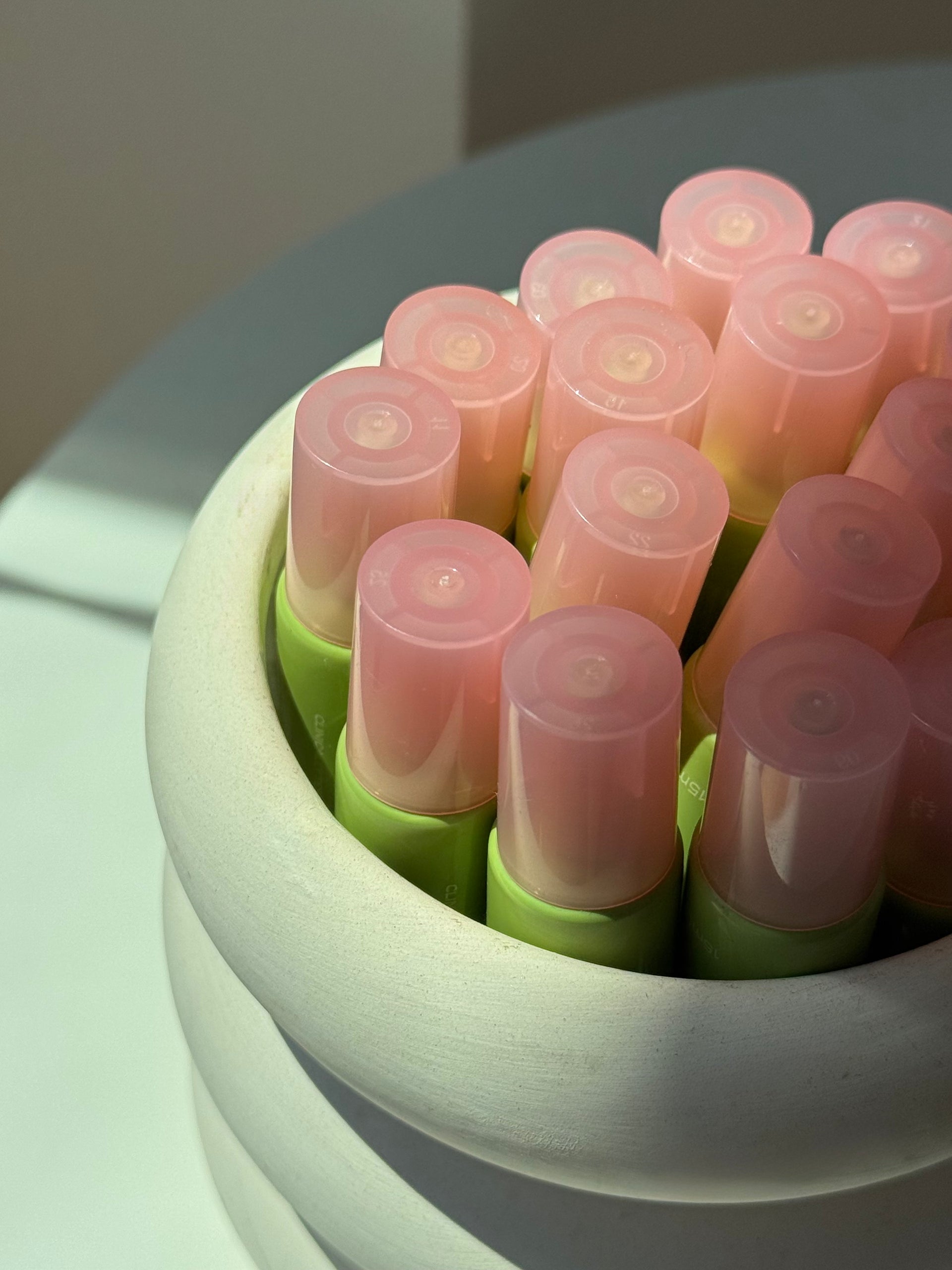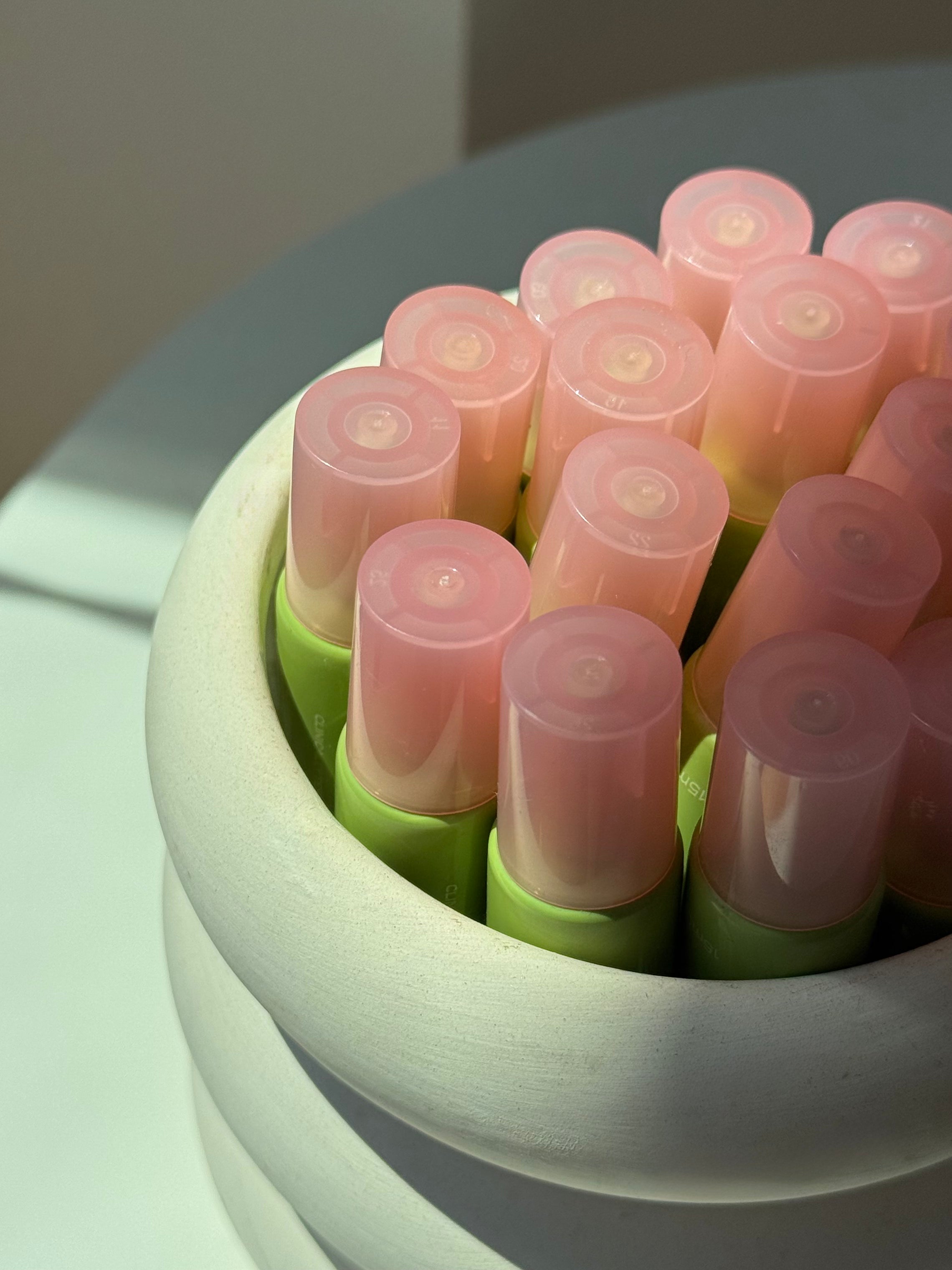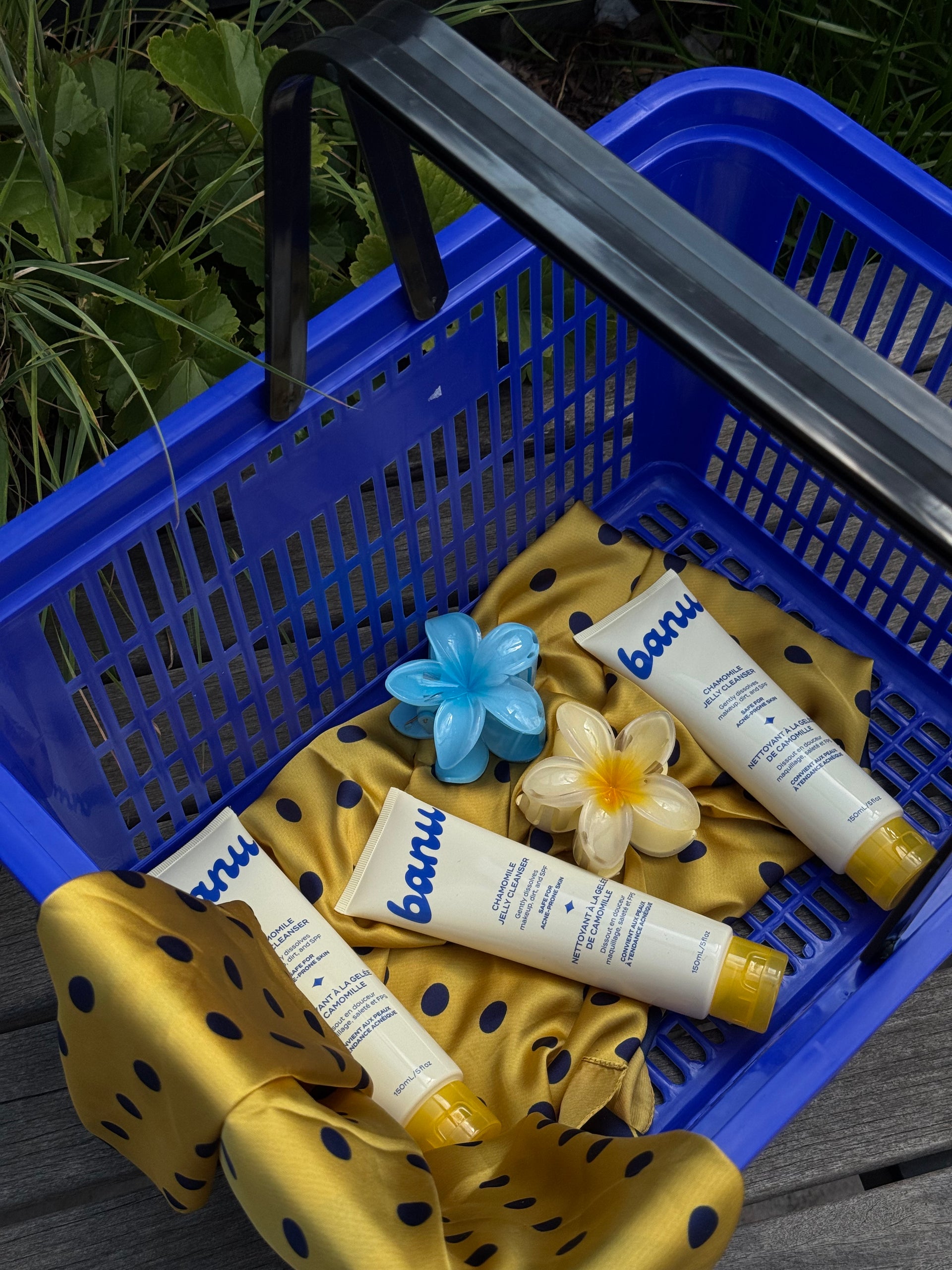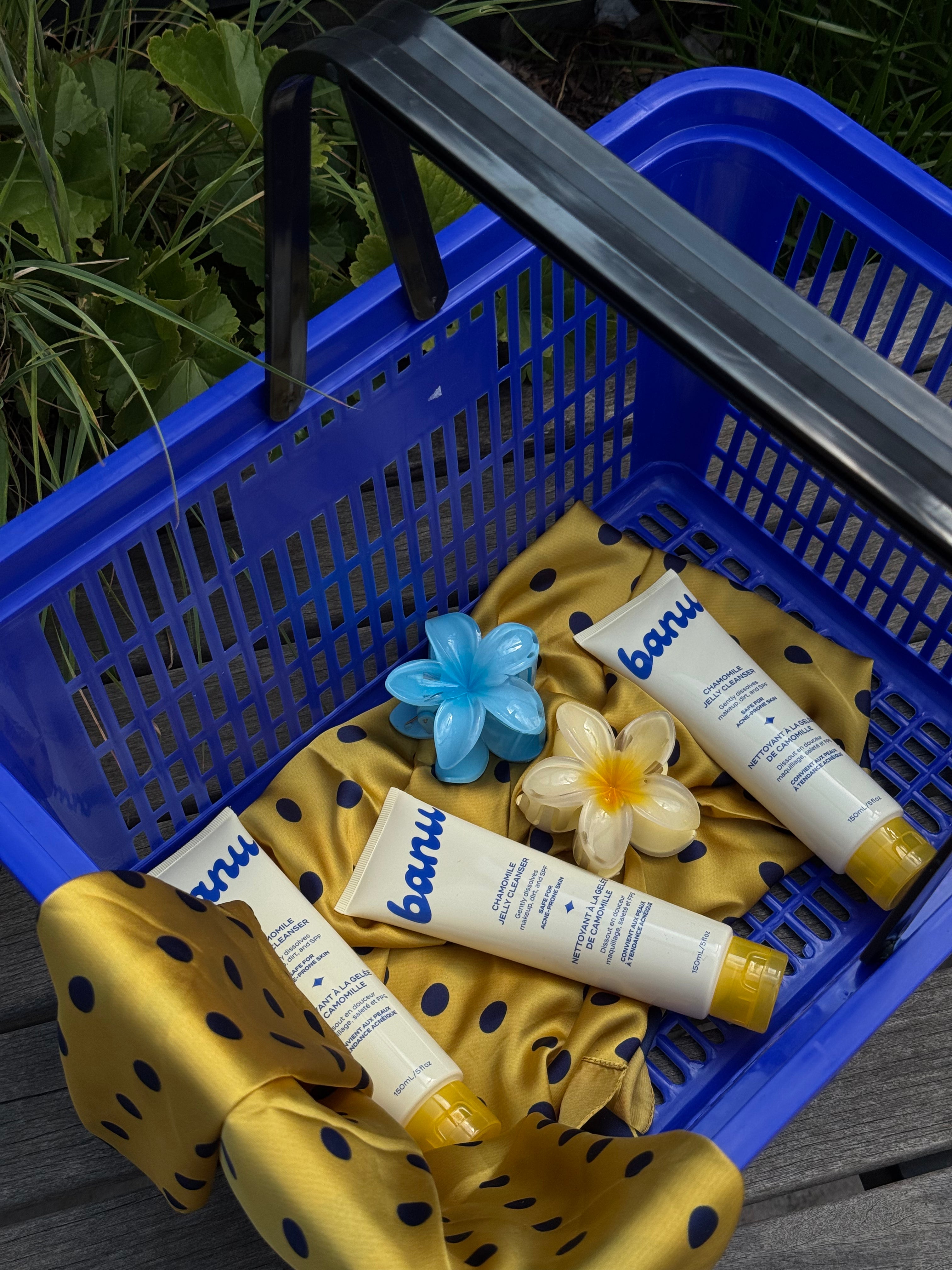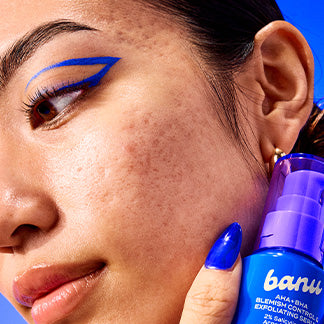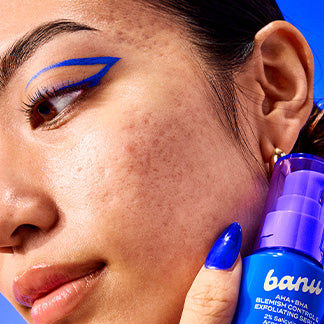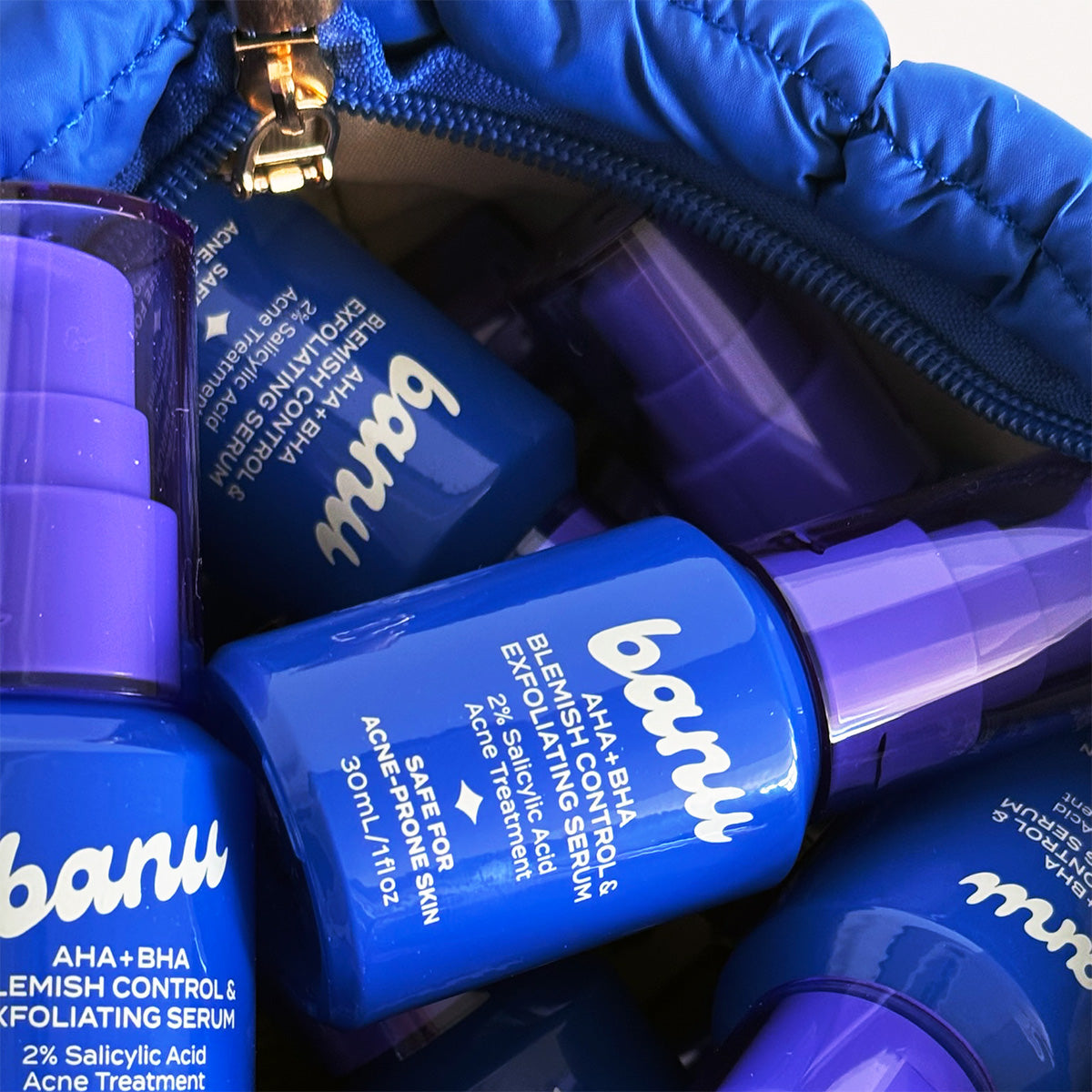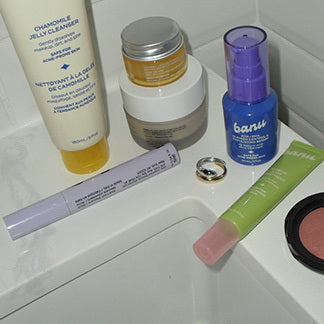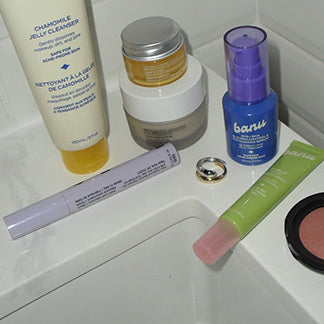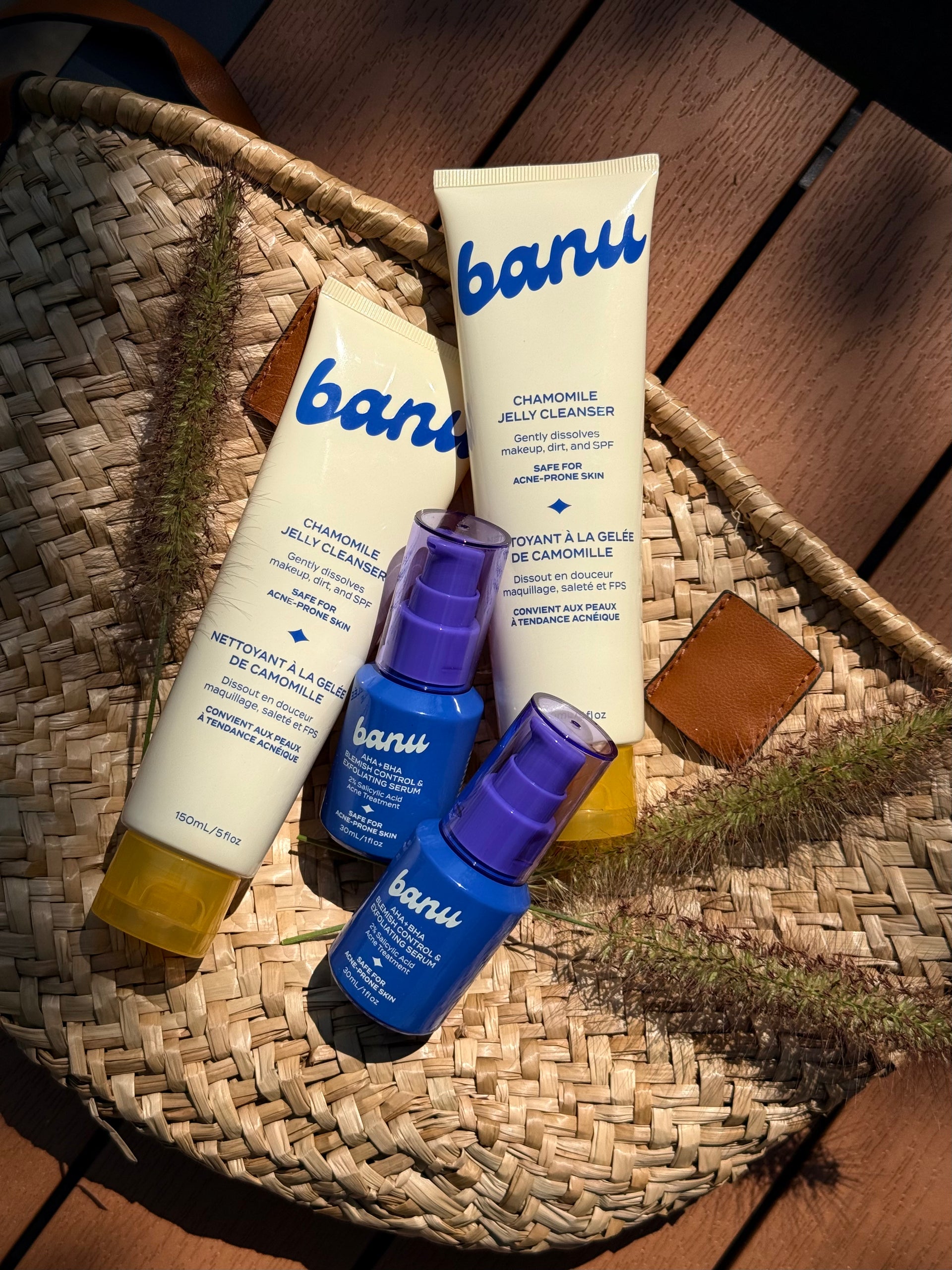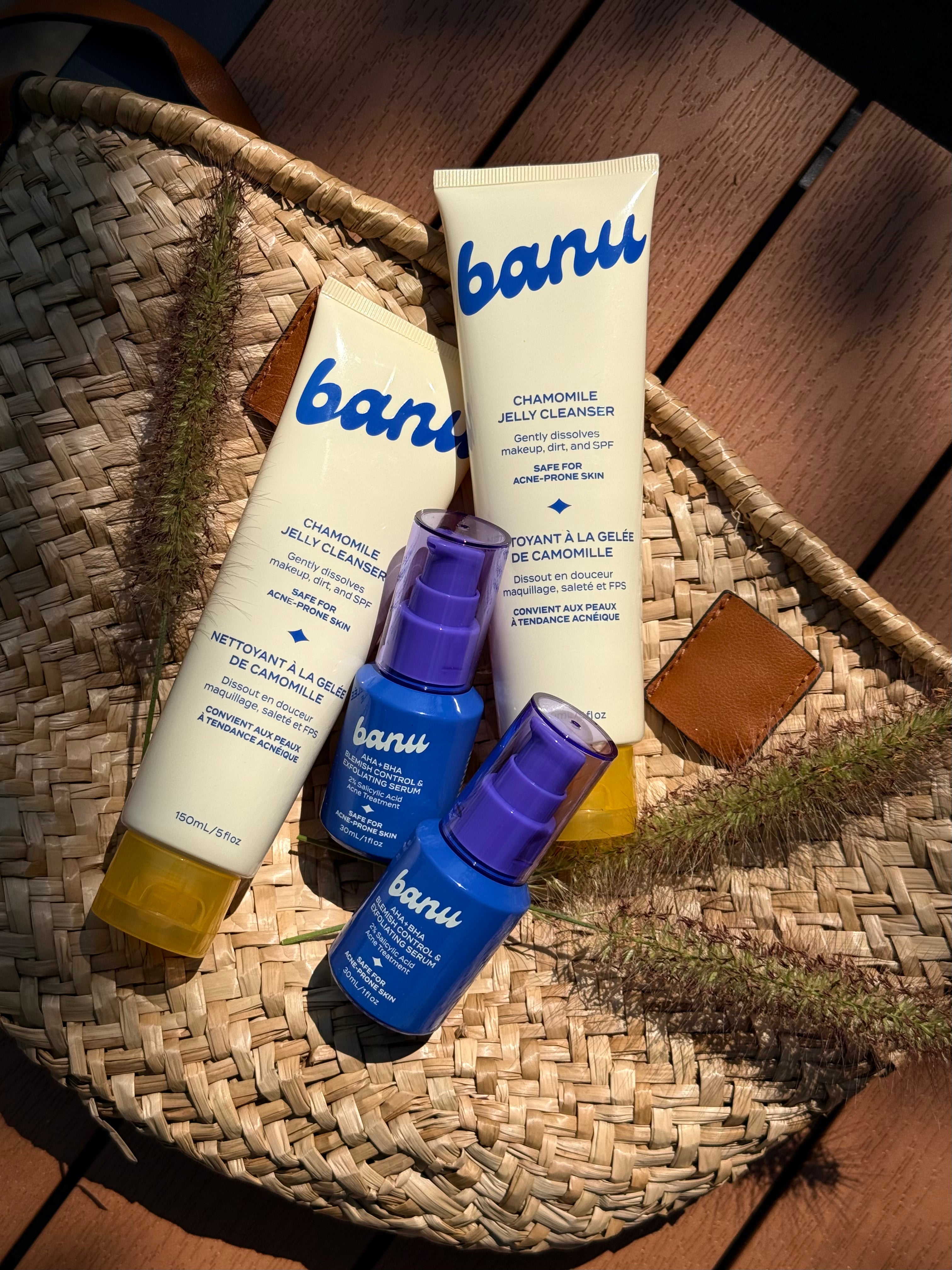How We're Setting a New Standard for Acne-Safe Skincare
3 June, 2025

by Roz Samimi
Ever scanned a label for the magic words “non-comedogenic” only to break out anyway? Same.
When I was in the thick of dealing with adult acne, I clung to anything that said “for sensitive skin” or “dermatologist-recommended.” Some were even “non-comedogenic,” which I thought was a sure thing. But the breakouts just wouldn’t quit.
Eventually, I realized: there’s no real standard for what makes something truly safe for acne-prone skin.
There's a Seal for Eczema and Rosacea — So Why Not Acne?
You’ve probably seen the Eczema Seal of Acceptance or a Rosacea-friendly stamp and assumed there was something similar for zits. There isn’t.
Organizations have defined protocols for conditions like eczema, rosacea, and psoriasis. But with acne? Most brands still lean on the vague term “non-comedogenic,” which basically means “probably won’t clog pores”—but that’s far from a guarantee.
And for those of us dealing with persistent breakouts, that kind of guesswork just doesn’t cut it.
Non-Comedogenic Testing? Kind of Outdated.
Here’s the deal: the industry standard for “non-comedogenic” testing is usually done on the back (not the face), under thick patches for 28 days. And the skin on your back? Not the same as your face. It’s thicker, less oily, and reacts differently.
Plus, there’s no universal list of comedogenic ingredients. Some ingredients might be fine solo but become problematic when combined or used at higher concentrations. It’s a bit of a skincare minefield.
So We Built Our Own Protocol
At banu, we decided to stop guessing. We created our own standard that puts breakout-prone skin first — because it deserves that.
Here’s what we do:
-
We cut out anything that could clog pores — even if the risk is low.
-
We leave out ingredients that can trigger fungal acne (Malassezia folliculitis if you wanna get nerdy about it).
-
We clinically test every formula on real people with acne-prone skin
-
Every product is reviewed by board-certified dermatologists and tested by an independent lab that tracks actual acne activity over 28 days.
If there’s no increase in comedones, papules, or pustules? The product passes. Simple as that.
And Yes, We Test on All Skin Tones
Most brands don’t require testing across all skin tones — but we do. Every banu product is tested across all six Fitzpatrick skin types and goes through extra safety checks to ensure there’s no irritation on melanin-rich skin.
If it’s not safe for everyone, it’s not safe enough.
Why This Matters
I spent years trying to decode what my skin could and couldn’t handle. And honestly? It was exhausting. I built banu to be the lifeline I wish I had back then — something you could trust without reading between the lines.
You shouldn’t have to gamble with your face. With banu, you don’t have to.
We’re not here to slap on buzzwords and hope for the best. We’re here to set a new standard — because breakout-prone skin deserves better.
With love (and way fewer breakouts),
Roz
Founder, banu

Author
Roz Samimi
Roz Samimi is the founder of banu skin and a passionate voice on acne care, writing about everything from effective treatments to common myths.

